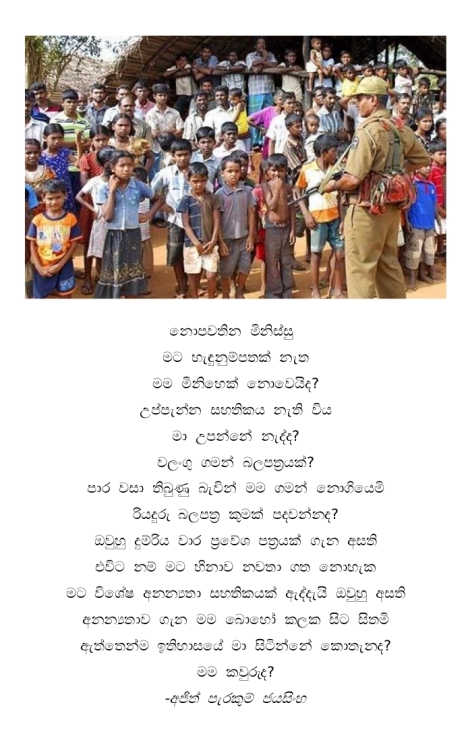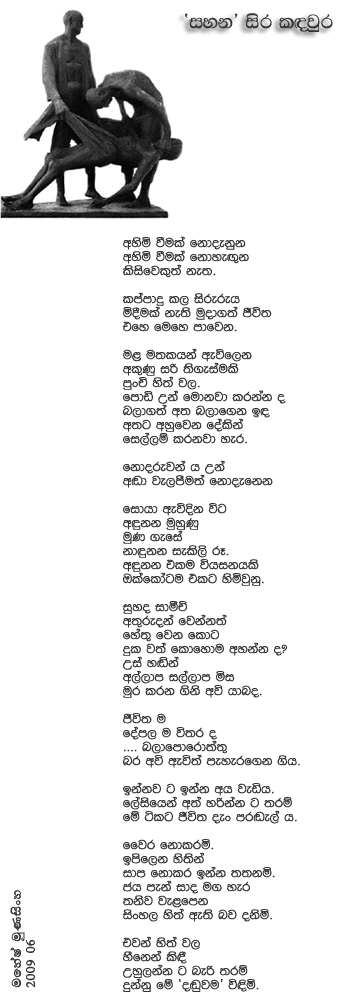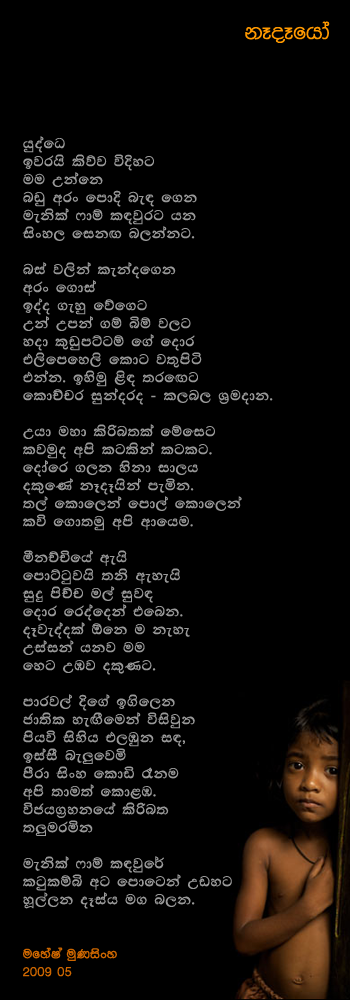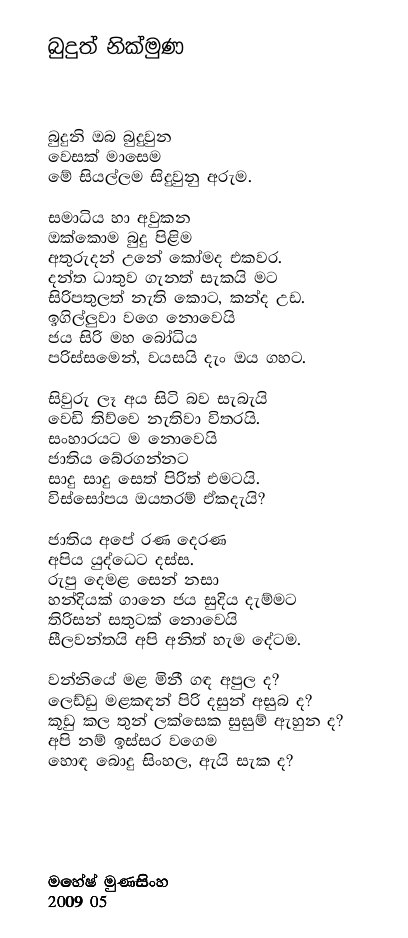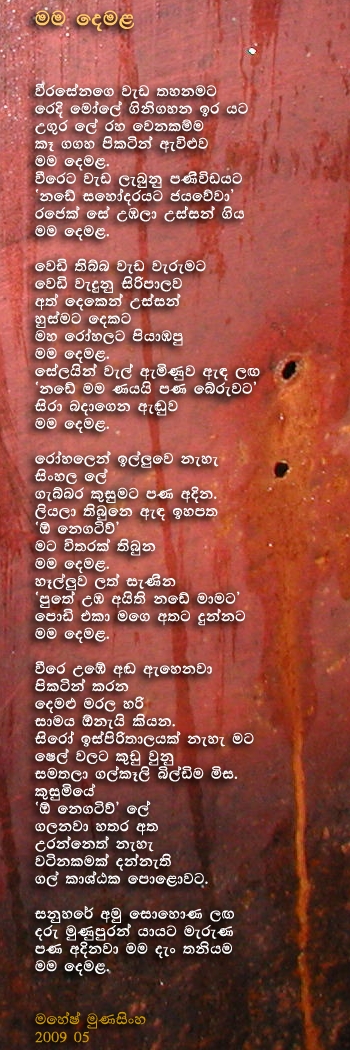INTERNATIONAL: Women: Leaders of Peace
Shreen Abdul Saroor has experienced war and forced displacement. She grew up surrounded by violence in Sri Lanka, where Tamil militants expelled Muslims from the north in 1990, forcing her family to escape their Mannar Island home.
She understands the costs of war and, in particular, the vulnerability of women.
“The safety of women and girls has been one of the casualties of the long war in Sri Lanka,” she has said. “Soldiers and members of paramilitary groups rape women with impunity. Rape has been used as a tool to torture political detainees.”
Not one to sit by idly, Shreen formed two organizations to assist women affected by conflict — and, by extension, to help the population at large: Sri Lanka’s Mannar Women’s Development Federation, which provides microcredit and education to Muslim and Tamil women, and Mannar Women for Human Rights and Democracy. Shreen knows that there cannot be true, lasting peace without the participation of informed and civically engaged women.
On September 21, World Peace Day, we at Search for Common Ground saluted Shreen along with three other women — Indonesia’s Electronita Duan, Nepal’s Purna Shova Chitrakar and Timor-Leste’s Filomena Barros dos Reis — who are receiving this year’s inaugural N-Peace Awards. Search for Common Ground is working with the United Nations Development Programme (UNDP) to implement these N-Peacehonors — recognizing those who “Engage for Peace, Equality, Access, Community and Empowerment”– which were established to acknowledge that women are often in the frontlines of conflict, but rarely make the headlines. Their efforts toward building peace and creating cohesion in their communities are too many times overlooked.
Today, we want these women in the headlines.
Electronita has been involved in numerous programs to empower women in Indonesia and helped develop Politeknik Perdamaian Halamahera, an institute of higher education for those whose studies were interrupted by conflict. Electronita knew that normalcy could never return to conflict zones without a skilled and educated population.
Purna, among other activities, created the Ban Landmines Campaign Nepal (NCBL) in 1995 to promote an international ban on the use, production, transfer and stockpile of landmines. Purna worked to teach families, students and teachers about the risks of landmines in their communities, especially in rural areas. She often had to struggle to reduce mines in the face of opposition, continued conflict and arson. She worked tirelessly to outlaw these indiscriminate weapons of war and in June of this year Nepal was declared landmine free.
A human rights and justice activist, Filomena is a project coordinator for peace building development with the Asia Pacific Support Collective in Timor-Leste, a country that is continuing to rebuild and overcome its tragic history. Even before Timor-Leste secured its independence, she worked tirelessly to ensure a credible truth and reconciliation process for her country and to ensure that human rights are protected, sometimes dressing as a nun and carrying religious material to protect her true purpose in documenting horrific human rights violations.
Each of these women has helped her community get closer to peace, security and normalcy. Moreover, they have empowered more women to do the same.
At Search for Common Ground, we believe strongly in the positive roles that women can play in their communities and in compassionate leadership for the whole. SFCG recognizes that war has a disproportionate impact on women and girls, and their potential for sustaining peace often goes unrealized and untapped.
Working with governments, women’s organizations and individuals to expand women’s political participation throughout the world, particularly in Africa, Asia and the Middle East, we are training women politicians in leadership skills and use of media, and women mediators for peaceful settlement of election results. We are encouraging women to engage as local and national leaders through economic training, participatory theater, peace forums and dialogues. In addition, we convene women for conferences on empowerment, bolstering local, national and regional networks of women dedicated to conflict transformation.
Women, who tend to be more inclusive in their approach and represent slightly more than half the world’s population, are essential to lasting peace and secure communities. It is only by empowering women and giving them a place at the table that we can hope to find solutions to conflict that last.
Source: Huffington Post Date: September 26, 2011
Theme: Participation – General, Violence Against Women – General
Filed under: Interview, News | Tagged: Conflict, Documentary, Ecnomic, Human Rights, Job, Leaders of Peace, LTTE, Movement, Muslims, North, Post-War, Puthalam, Shreen Saroor, sinhala, Villagers, violence, Violence Against Women - General, Women`s rights | Leave a comment »



